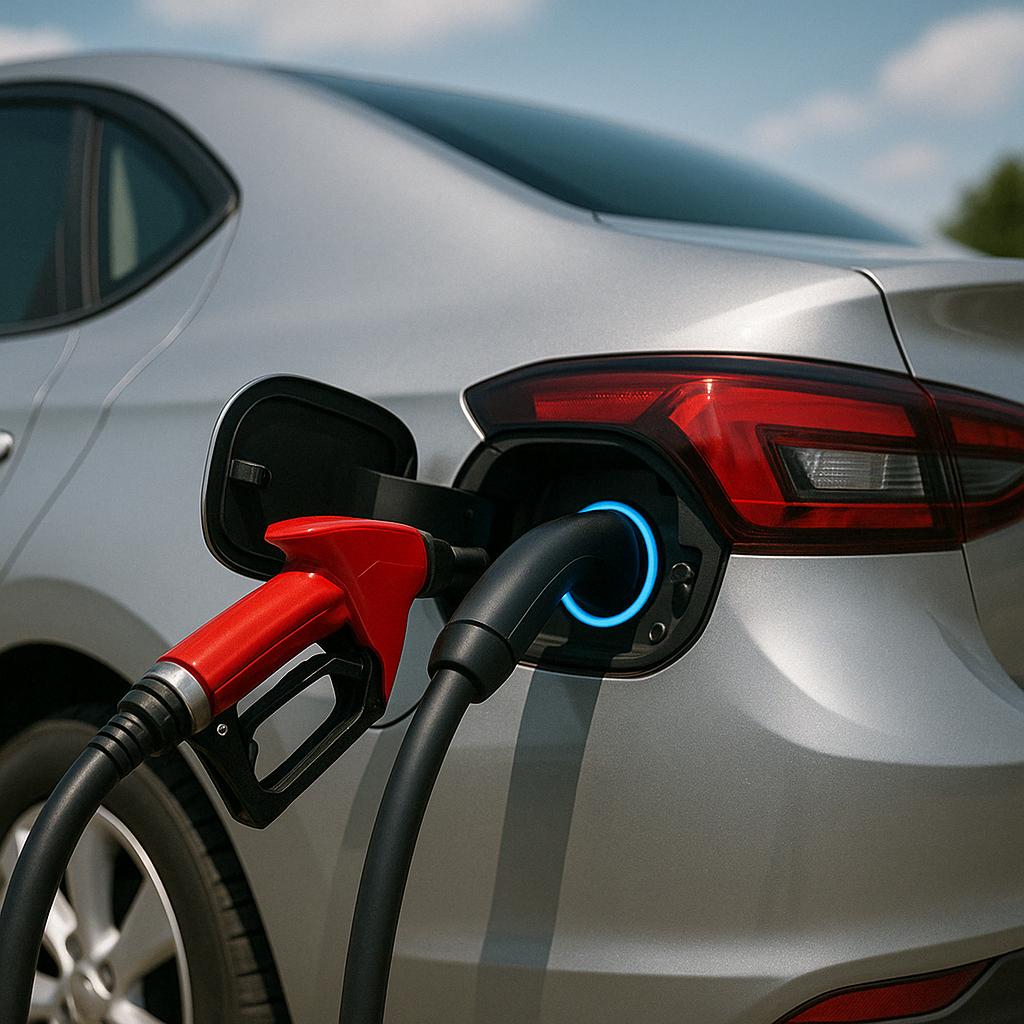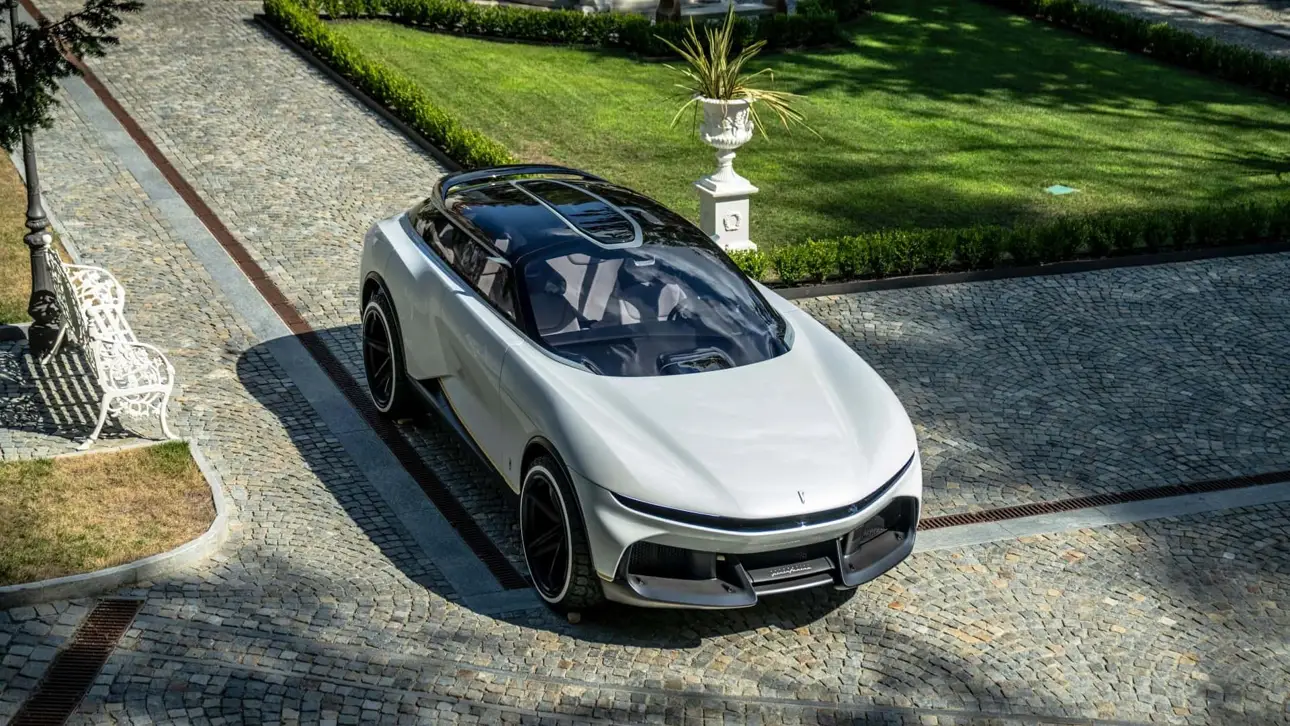Turn Electric Cars Into Hybrids: New Tech by Geely & Renault

Geely and Renault have developed a unit that turns an electric vehicle into a hybrid – simply and inexpensively.
With declining interest in "pure" electric vehicles and rising electricity prices, Geely and Renault have proposed a fresh solution – the Future Hybrid Concept module, created within the framework of the Horse Powertrain joint venture.
What is it?
It's a compact power module that can be integrated into an existing electric vehicle, replacing the front electric drive. Inside it is everything necessary:
- a small gasoline engine;
- an electric motor;
- a gearbox;
- a control unit and electronics.
The system allows the car to run on electricity as well as various types of fuel: gasoline, ethanol (E85), methanol (M100), and even synthetic analogues. It supports both parallel and series hybrid operation – that is, it can either assist the rear electric motor or charge the battery like a generator.
Why is this needed?
Interest in electric vehicles has decreased, especially where the charging infrastructure is poorly developed and the price of electricity is rising. The Future Hybrid Concept offers the possibility to quickly and inexpensively adapt already produced electric vehicles to new conditions. This is especially important for automakers who have invested billions in the development of "electric cars" and now want to preserve their investments.
When to expect it?
Brands belonging to the Renault and Geely groups will be among the first to use it, with the first production cars featuring such a module expected by 2028.
What is the Future Hybrid Concept?
The Future Hybrid Concept is a compact power module that combines an internal combustion engine (ICE), an electric motor, a transmission, and a power electronics unit. It is installed, replacing the front electric drive in an electric vehicle, maintaining the possibility of all-wheel drive in both electric and hybrid modes. The system supports various types of fuel: gasoline, ethanol E85, methanol M100, and synthetic analogues. It operates in both series and parallel modes, meaning it can function in tandem with the rear electric motor or as an onboard electricity generator.

Additional information
The transition to electric cars is not only a logical step towards sustainability and environmental friendliness, but also an investment in the future. Electric vehicles not only reduce harmful emissions, contributing to improved air quality, but also save you money due to lower operating costs. Thanks to innovative technologies and an increasing number of charging stations, the transition to an electric car is becoming more accessible and convenient. Let's take a step forward towards a cleaner and more efficient future - switch to electric cars today.

